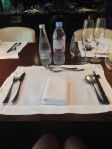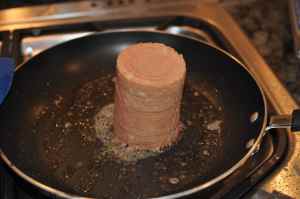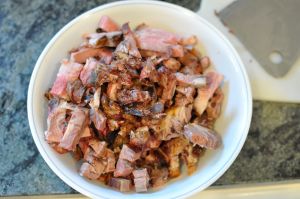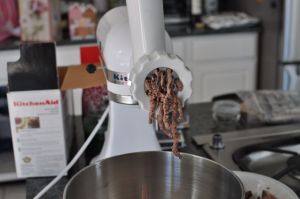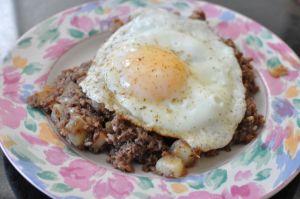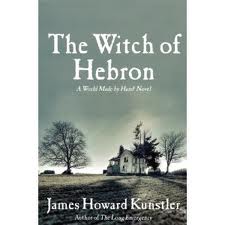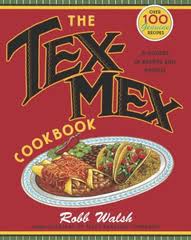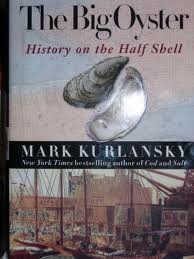
The Omnivore's Dilemma by Michael Pollan
by Michael Pollan
A while back I was having dinner at a new place with colleagues after a particularly grueling week of work. Exhaustion and wine had combined to make me lose my focus in the conversation and I only came to attention when I heard someone say, “They have really good food here, I wonder how you can scale an operation like this to make some serious money.” I smacked my hand down on the table and shouted, “You can’t scale good food.”
Awkward silence, everyone in the restaurant looking at me. My friend asks, “Why not?” If I had read this book, I would have had a good answer, but I would have tempered my opinions somewhat. How food is created in America is a complicated story. There are clearly some bad guys who do not care for good food or the health of those who eat it, but it’s not obvious who wears the white hats.
First of all, this book is a great read and in a format I greatly enjoy: one part a deep dive into an interesting subject and another part travelogue. He breaks it down into four stores: Industrial production with a tour of the Midwest, Industrial Organic on the west coast, a process he calls beyond organic in the Shenandoah Valley and finally an attempt at living the Hunter-Gatherer existence in California. Each one of these stories could stand on its own, but the combination truly brings America’s perplexing relationship with food to light. I took these lessons from the book:
Do Not Look to Corporation for Dietary Advice
Given that eating is something everyone does, the food market can only grow as fast as the population does. This means the only way for a corporation to profit at a Wall Street acceptable rate is some combination of lower cost of production and convincing consumers to spend more for the same thing or to eat more of it. The former means ruthlessly standardizing the production of food. Mr. Pollan ably demonstrates why this is destroying the environment and making us less healthy. As for convincing us to spend or eat more, that’s not hard. We seem to be prey to all kinds of marketing gimmicks and health concerns which Corporate America has no problem stoking as they have just the antidote to sell us.
Organic Processes Are not a Panacea
The only way large organic concerns such as Whole Foods can work is to scale things up. This, ultimately, requires a standardized (there’s that word again!) distribution network. Small farmers cannot reliably meet their demand, so only the large concerns succeed. Yes, it is true that this is healthier than regular industrial food production, but it is not environmentally sustainable and, arguably, uses more energy than non-organice food production.
Doing the Right Thing is Hard
Part of the reason many farmers have gone industrial despite it being a losing business is that it is extremely easy. You only have to work for a small fraction of the year and you don’t have to think much, industry tells you what to do and when. Sustainable farming that produces healthy food requires a lot effort and thinking in order to balance the diversity of plants and animals that a sustainable concern needs to manage. Those willing to do this deserve our support. I shall seek them out and give them my business. And why not? Sure, it will cost more money, but the food will taste so much better.
A Well Thought Out Animal Rights Philosophy
I love meat. I always will, but that doesn’t mean I condone maltreatment of animals. I have had difficulty arguing against folks such as the People for the Ethical Treatment of Animals. They seem to provide a good moral argument that’s difficult to contradict. Mr. Pollan, though, does this well. I agree with his statement on page 328 of the paperback version of the book: “What’s wrong with eating animals is the practice, not the principle.” We can humanely raise and slaughter animals. Moreover, a healthy environment demands that animals are eaten. It’s part of the cycle that we break at our own risk.
A Losing Battle?
The weak arguments that I did make to my workmates as to why good food shouldn’t and can’t be scaled were met with a shrug of their shoulders. “Why bother, then?”
A good meal should be more than just a business proposition, more than just the sum of the ingredients that went into it. It’s the appreciation of the effort, wonder at a magical combination of flavors and the joy of the people you share it with. I hope this wins out.

